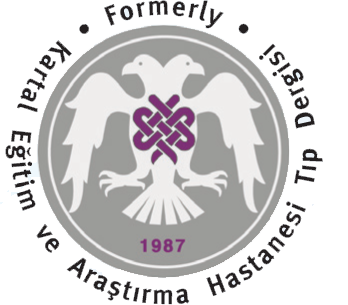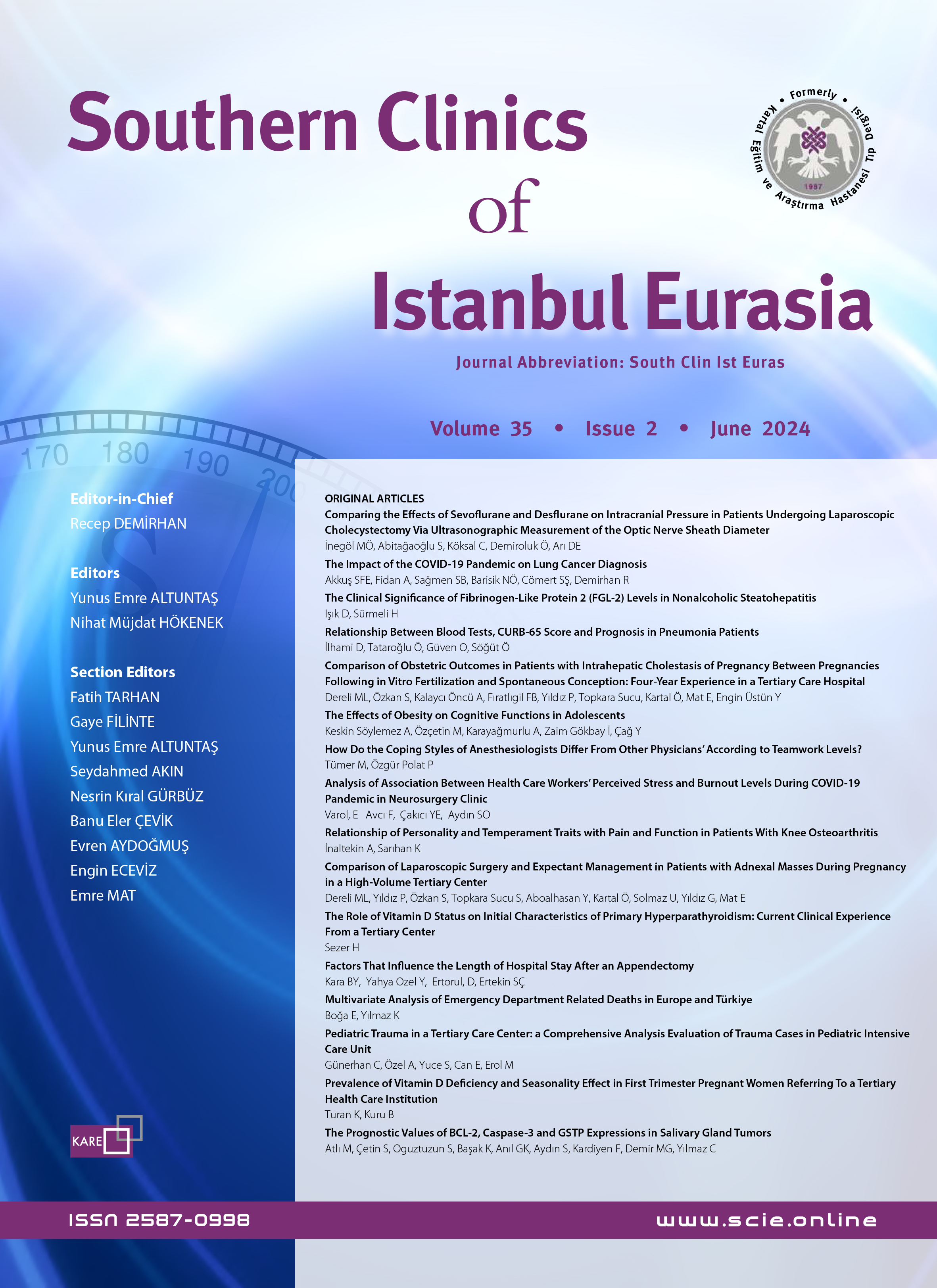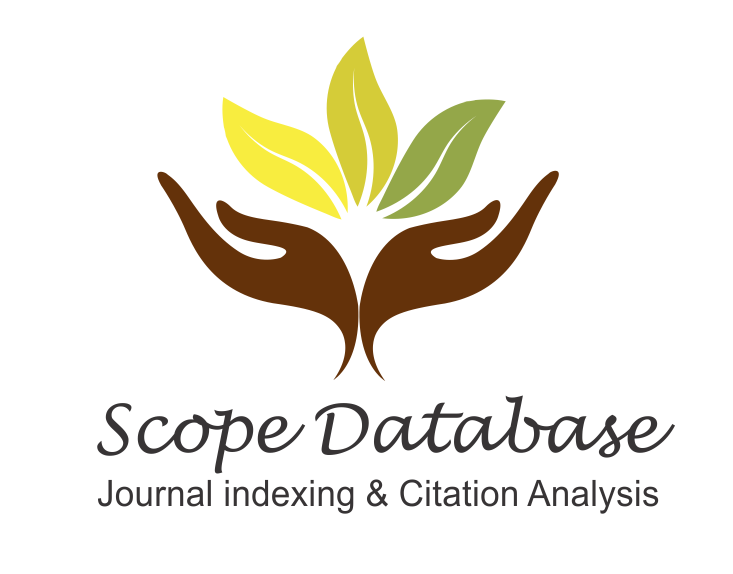Volume: 5 Issue: 2 - 1994
| RESEARCH ARTICLE | |
| 1. | THE PREVALENCE OF HYPERTENSION IN DIABETES MELLITUS AND ITS RELATION WITH LIPID FRACTIONS Birsel Kavaklı, Koray Tuncer, Güven Pınar, Selahattin Ertürk, Ali Yayla Pages 451 - 453 In the last years, the speciality of hypertension associated with diabetes mellitus has become well recognised. At the third International Symposium on High Blood Pressure Associated with Diabetes Mellitus in Boston in 1991, it was pointed out that the prevalence of hypertension in the diabetic population appears to be twice more than that in the nondiabetics. However, there is not any known relationship between the dislipemias in diabetes and hypertension. In this study, in order to research the prevalence of hypertension and diabetes mellitus and their relations with dislipemia in our population, we investigated blood sugar, blood pressure and lipid levels in 47 patients known to be diabetics. 26 of them were women. The study included patients who applied to our clinics between April 1992 and August 1992. The prevalence of hypertension was %64. In hypertensive diabetics, we found increased values of triglyserid and VLDL cholesterol compared with normotensive diabetics. No significant difference was found for other lipid fractions. |
| 2. | THE VALUE OF COLOUR DOPPLER ULTRASONOGRAPHY IN THE FOLLOW-UP OF THE OVULATION INDUCTION İbrahim Çelebi, Melih Üstün, Eşber Okan, Ziya Ünal, Moşe Benhabib, Berk Arsan Pages 454 - 457 In this study the impedance to blood flow in the ovarian and uterine arteries was examined by color Doppler sonography to determine the ovary containing the dominant follicle, to examine the luteal phase and to find out the cases with a high probability of pregnancy. Different ovulation induction protocols were used in 45 infertility patients during 60 cycles. Color Doppler blood flow examinations were performed on the 3rd day of menstruation, on the day of ovulation and in the midluteal time. Follicle maturation, ovulation and luteal functions were functionally related with utero-ovarian hemodynamics. |
| 3. | THE RELATIONSHIP BETWEEN FOUR-QUADRANT DISTRIBUTION OF AMNIOTIC FLUID AND PERINATAL MORBIDITY Fuat Demirci, Sadiye Eren, Mehmet Uludoğan, Hüsnü Görgen, Muzaffer Uçarer, Mustafa Kekovalı, Çiğdem Oray Pages 458 - 460 The purpose of this study is to research the effects of four-quadrant distribution of amniotic fluid (AF) on perinatal morbidity. Patients with intact membranes who presented for induction were divided into two groups. Patients with greater than 50% of their AF distributed in the upper quadrants were placed in the "upper-greater" group. The remaining patients were placed in the "lower-greater" group. Groups were compared with the following variables: Meconium staining, 1- or 5- minute Apgar score of less than 7, persistent variable decelerations in the first stage of labor, late decelerations, cesarean delivery for fetal distress and umbilical arterial pH less than 7.20. A total of 42 patients were evaluated, 25 in the upper-greater group and 17 in the lower-greater group. When we compared the findings in the upper-greater group with those in the lower-greater group, we found that the upper-greater group had a greater incidence of variable decelerations (23% versus 56% p<0.05), meconium staining (12% versus 28%), 1-minute Apgar score of less than 7 (5% versus 12%), 5- minute Apgar score of less than 7 (0%versus 20%), late decelerations (5% versus 20%), cesarean delivery for fetal distress (5% versus 16%) and umbilical arterial pH less than 7.20 (5% versus 16%). There was a good correlation between four-quadrant of AF distribution and persistent variable decelerations in the first stage of labor (p<0.05). We didn't find any statistical correlation for other parameters used in the assessment of perinatal morbidity. But we determined that perinatal morbidity in the upper-greater group is greater than the lower-greater group. In addition, the presence of a high negative predictive value of this technique is a potential screening tool. We believe that good results can be obtained by increasing the numbers in study groups. |
| 4. | OUR EXPERIENCE WITH LAPAROSCOPIC CHOLECYSTECTOMY Mustafa Gülmen, Tayfun Yücel, Necmi Kurt, Yıldırım Gülhan, Kemal Kasar Pages 461 - 463 Between August 1993 and December 1993, laparoscopic cholecystectomy was performed in 20 cases with cholelithiasis in the 2. surgical Clinic of Kartal State Hospital. Diagnoses were made by clinical and ultrasonografic investigation. Mecanic icter was excluded in all cases in the preoperative period. There was one case (%5) with common bile duct and right hepatic artery injury and one case (5%) with bleeding at the first trocar entrance and these cases were converted to laparatomy. In addition, in three (15%) cases, wound infection of first trocar entrance was found and local therapy was performed. In two cases minimal bile leakage from hepatic surface was found and intraperitoneal drain was used for two days. The results and complication rates can be better when the number of cases increase. In conclusion, laparoscopic cholecystectomy will be a safe and applicable method if it is performed by experienced surgeons but it is difficult to use this method routinly because of high costs. |
| 5. | THE EVALUATION OF ANTIHYPERTENSIVE EFFECT AND TOLERABILITY OF PERINDOPRIL Koray Tuncer, Birsel Kavaklı, Ali Pilli, Ali Yayla Pages 464 - 466 Perindopril, the angiotensin converting enzyme (ACE) inhibiting drug, was used on 51 patients (34 female, 17 male) for two months, the effectiveness and tolerance was evaluated. After two months of treatment patients in horizontal posture presented with decreased systolic and diastolic blood pressures by 21 mmHg (from 163.9±1.5 mmHg to 141±1 mmHg) and by 15 mmHg (from 102.8±0.4 mmHg to 87±0.4 mmHg) respectively. A daily dose of 4 or 8 mg of perindopril resulted in reduction of blood pressure to normal values in 92% of the patients. In two patients (3.8%), the treatment was discontinued due to excessive cough. Low incidence of side effects, high patient adaptation and an acceptable level of antihypertensive effects (even when used singly) were observed. |
| 6. | THE VALUE OF ULTRASONOGRAPHIC EVALUATION OF EPIPHYSEAL OSSIFICATION CENTERS IN FETAL GROWTH Fuat Demirci, Mustafa Kekovalı, Sadiye Eren, Mehmet Uludoğan, Bingül Arı, Muzaffer Uçarer, Aytuğ Kolonkaya Pages 467 - 470 Previous reports document that prenatal sonographic evaluation of the epiphyseal ossification centers can be used as independent markers for estimation of gestational age during the third trimester, a period in which standard fetal biometric estimates of gestational age are least accurate. The identification of alternative indexes of fetal development less dependent on somatic growth but reflecting gestational age would be quite useful. We performed a prospective study to verify these previous sonographic reports and to investigate the possible relationship between somatic growth and appearance time or size of the ossification centers in 57 normal pregnant women. The distal femoral epiphysis (DFE) observed in 82% of fetuses at 33 weeks and in 94% of fetuses at 35 weeks of gestation. Proximal tibial epiphysis (PTE) observed in 63% of fetuses at 35 weeks, in 73% of fetuses at 38 weeks of gestation proximal humeral epiphysis (PHE) observed in 12% fetuses at 38 weeks, in 52% of fetuses at >40 weeks of gestation. Measurements of the ossification centers show that its size increases linearly and the relationship was related more closely to the birth weights of the fetuses than to their gestational age (r=0.75, p<0.00001 and r=0.41, p<0.0001 respectively). These data suggest that antenatal visualization and measurement of the epiphyseal ossification centers of the fetal knee and shoulder may help in evaluating fetal maturity during the third trimester. |



















